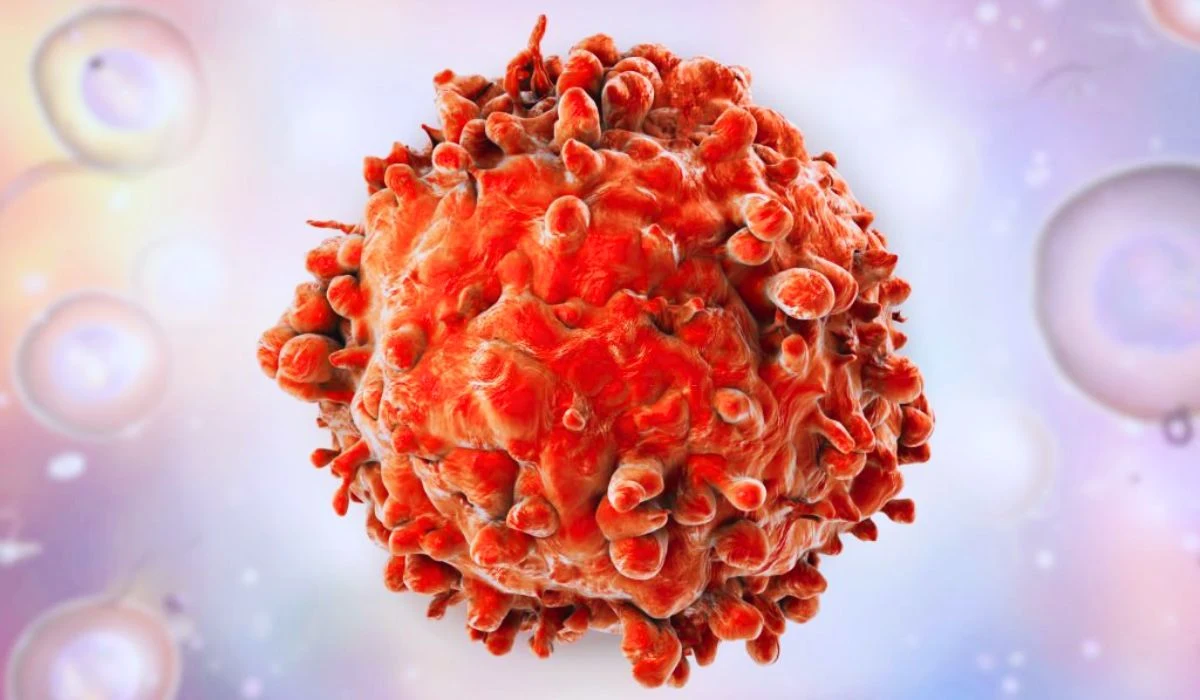Neoplasms, also known as tumors, are abnormal masses of tissue that form when cells divide uncontrollably. They can be benign (noncancerous) or malignant (cancerous). Understanding the different types of neoplasms, their causes, and available treatments is important for early detection and effective management. This article will provide an overview of the major types of neoplasms, their key characteristics, and current treatment options.
Understanding Neoplasms
Neoplasms arise when genetic mutations allow cells to evade normal regulatory signals that control cell growth and division. This allows the abnormal cells to proliferate rapidly into a mass of cells that serves no purpose in the body. Benign neoplasms are not cancerous and do not spread to other parts of the body.

They may continue to grow in size at the original site, however. Malignant neoplasms have the ability to invade nearby tissue and metastasize, or spread to distant sites via the lymphatic system or bloodstream. Their aggressive growth disrupts normal tissue function and can be fatal if left untreated.
Major Types Of Neoplasms
🔹 Carcinomas
Carcinomas originate in epithelial tissue that lines internal and external body surfaces. They account for 80-90% of all cancer diagnoses. Types of carcinomas include:
- Adenocarcinoma – Develops in epithelial cells of internal organs such as the lungs, pancreas, or prostate.
- Squamous cell carcinoma – Originates in squamous epithelium such as skin, lungs, bladder, and esophagus. Often linked to UV radiation or smoking.
- Transitional cell carcinoma – Arises in the transitional epithelium of the urinary system. Most common in the bladder.
🔹 Sarcomas
Sarcomas develop in connective and supportive tissues such as bone, fat, muscle, nerves, tendons, or blood vessels. They account for less than 1% of cancers. Examples include:
- Osteosarcoma is the most common bone cancer, usually affecting the long bones of the arms or legs during growth spurts.
- Chondrosarcoma – Affects cartilage cells, most often the pelvis, leg bones, or arm bones.
- Ewing’s sarcoma – Rare cancer of bone and soft tissue in children and young adults.
- Leiomyosarcoma – Cancer of smooth muscle tissue found in walls of organs like the stomach.
- Liposarcoma – Cancer of fat cells, usually occurring in the thighs, behind the knees, or in the back of the abdomen.
Also Check: Can Brain Tumor Be Cured By Medicines? Causes, And, Treatments
🔹 Lymphomas
Lymphomas originate from lymphocytes, a type of white blood cell. They often begin in lymph nodes but can occur in the spleen, bone marrow, blood, or other organs. The two main categories are Hodgkin lymphoma and non-Hodgkin lymphoma.
🔹 Leukemias
Leukemias involves the abnormal growth of immature white blood cells in the bone marrow. These cells crowd out normal blood cells, leading to anemia, bleeding problems, and immune deficits. Types include:
- Acute lymphoblastic leukemia is the most common childhood cancer.
- Acute myeloid leukemia – Rapidly progressing cancer of myeloid cells in bone marrow.
- Chronic lymphocytic leukemia – Slow-growing cancer of lymphocytes that leads to fatigue, infections, and bruising.
- Chronic myeloid leukemia – Cancer of granulocytes that mimics a chronic inflammatory state early on.
Effective Treatments For Neoplasms

Treatment plans are tailored for each patient based on the type, stage, and molecular characteristics of their cancer. Common options may include:
- Surgery – Complete or partial removal of the tumor. Often used for accessible, localized cancers.
- Radiation – High energy beams are used to shrink and destroy cancers by damaging their DNA. Useful against localized cancers.
- Chemotherapy – Cytotoxic drugs that target rapidly dividing cancer cells. Can be used systemically for metastatic cancers.
- Targeted therapy – Drugs or antibodies directed at specific molecular features of cancerous cells. Often has less severe side effects than chemotherapy.
- Immunotherapy – Uses the body’s immune system to fight cancer. Includes checkpoint inhibitors, CAR T-cell therapy, and therapeutic vaccines.
- Hormone therapy – Blocks or lowers hormones that stimulate the growth of hormone-sensitive cancers like prostate and breast cancer.
- Stem cell transplant – Allows the use of high-dose chemotherapy then replaces the patient’s blood stem cells to rescue the bone marrow. Used in leukemias, lymphomas, and some solid tumors.
Read More: What Causes Cervical Cancer? Symptoms And Treatments
Conclusion
Neoplasms are a highly diverse group of tumors that can affect nearly every tissue type in the body. Understanding their unique characteristics and behavior is key to early recognition and prompt treatment.
While malignant neoplasms can be devastating if allowed to progress, the outlook for many cancers continues to improve thanks to advances in surgical techniques, radiation delivery, systemic therapies, targeted drugs, and immunotherapy. Continued research brings hope that even better strategies lie ahead to reduce the burden of cancer worldwide.
FAQ
A: Potential warning signs of a neoplasm include a new lump or mass, abnormal bleeding, prolonged cough, unexplained weight loss, a change in bowel habits, thickening or ulceration of the skin, and unusual moles or skin changes. It’s important to report any persistent symptoms to your doctor promptly.
A: No, some neoplasms are benign, meaning they are self-limited in their growth and do not invade nearby tissues or spread. They can still be problematic if they compress vital structures. Malignant neoplasms have the properties of cancer – the ability to spread to distant sites.
A: Cancer is caused by accumulated genetic and epigenetic changes over time that allow cells to override normal growth signaling pathways and protective mechanisms against unchecked proliferation. This damage can be caused by environmental toxins, chronic inflammation, radiation, viruses, inherited genetic predispositions, and the accumulation of random mutations.
A: Unfortunately yes, cancer can occur in children, though it is far less common than in adults. Leukemias, lymphomas, central nervous system tumors, neuroblastoma, Wilms tumors, and bone tumors like osteosarcoma tend to be the most prevalent pediatric cancers. Treatments including surgery, chemotherapy, radiation, and stem cell transplants help improve outcomes for many childhood cancers.
A: No, the majority of lumps, cysts, and other growths are benign. However, it is still wise to point out any persistent or unusual lumps to your doctor for evaluation, as a small percentage do represent early malignancies. Some common benign masses include lipomas (fatty tumors), hemangiomas (blood vessel growths), moles, ganglion cysts, and uterine fibroids. A biopsy is usually needed for a definitive diagnosis.

